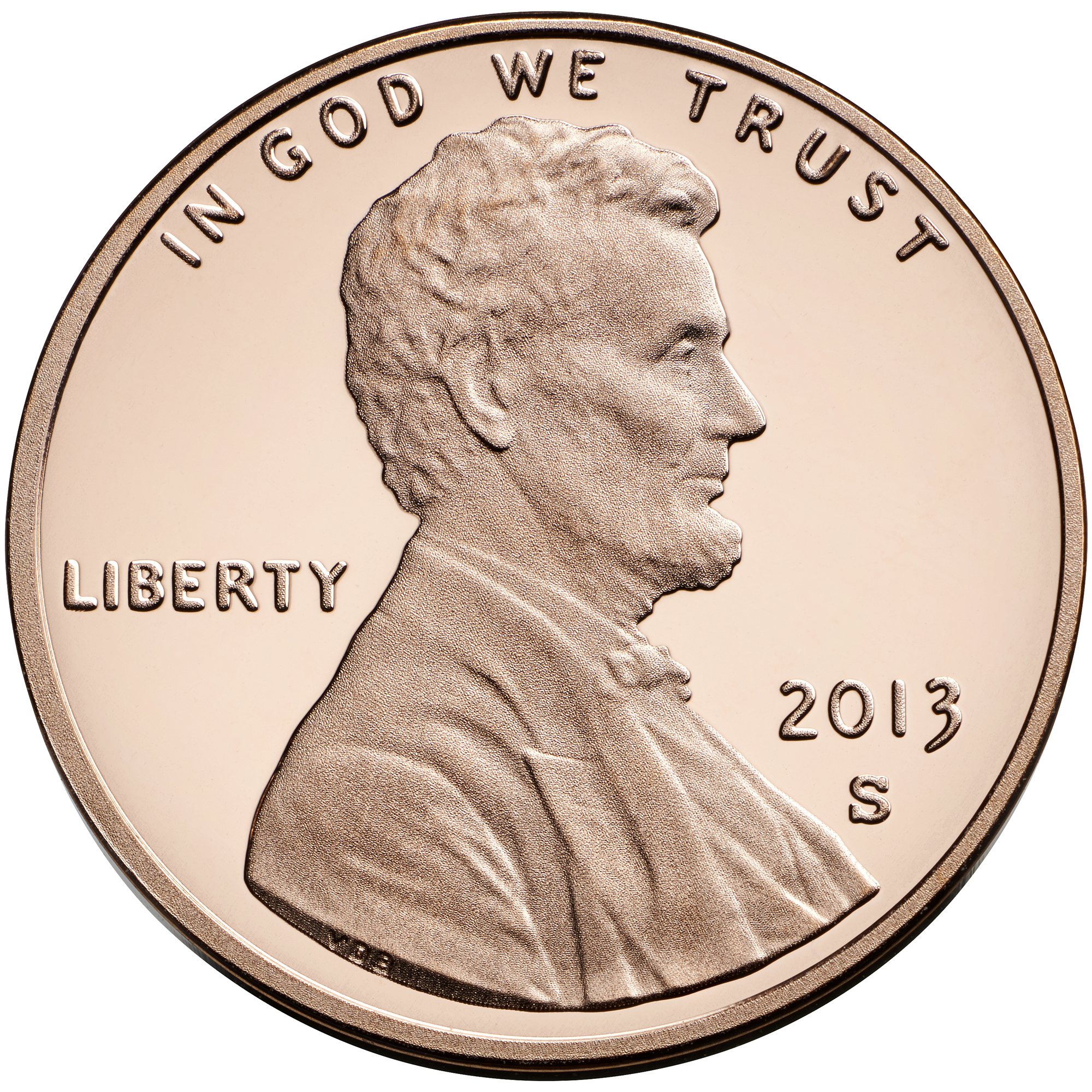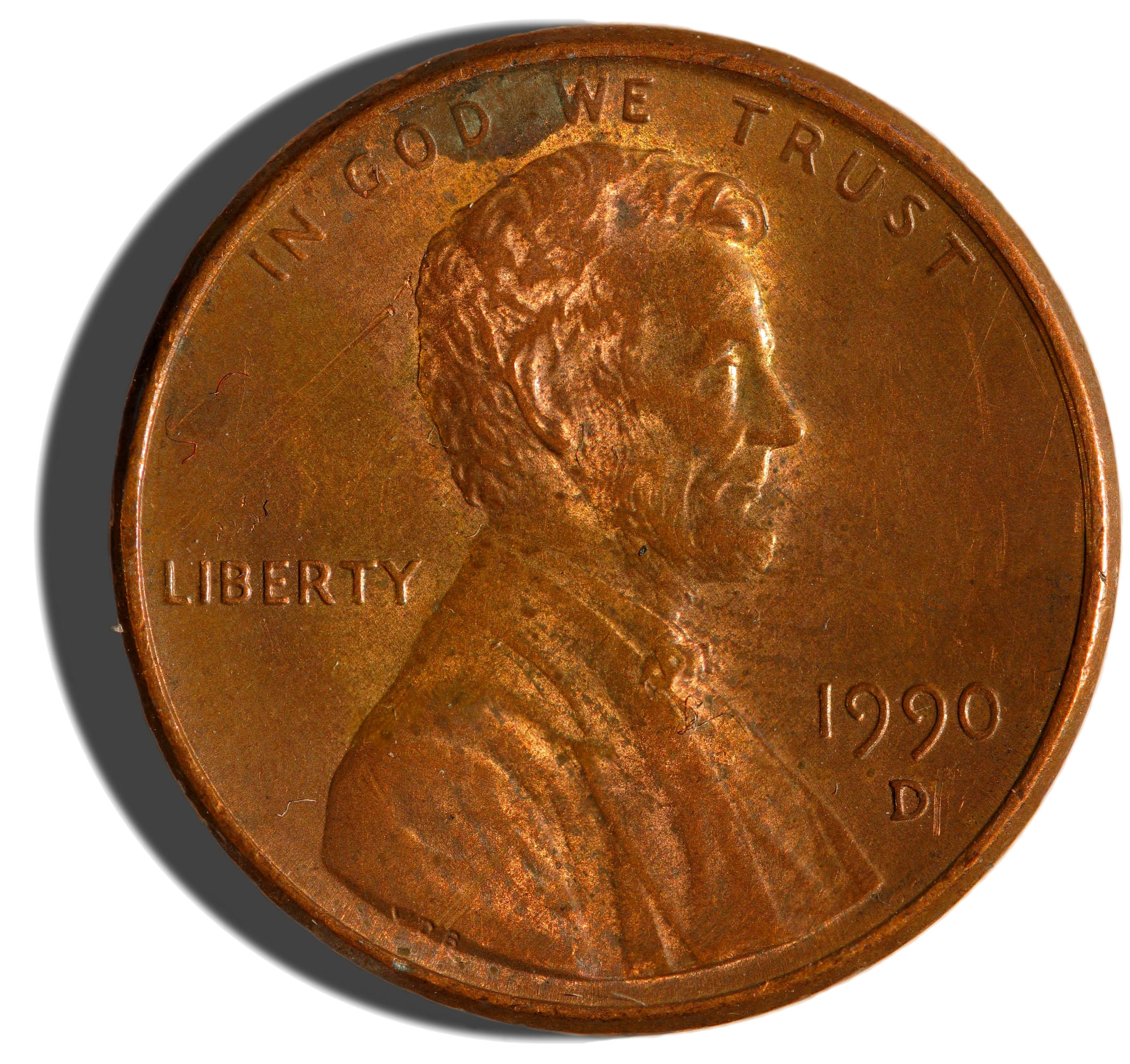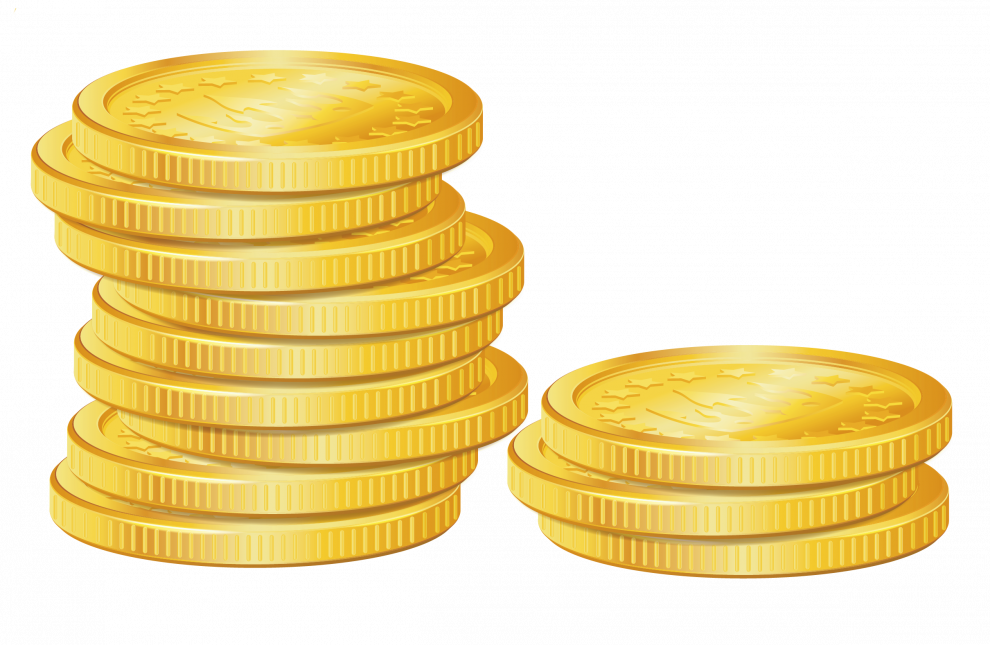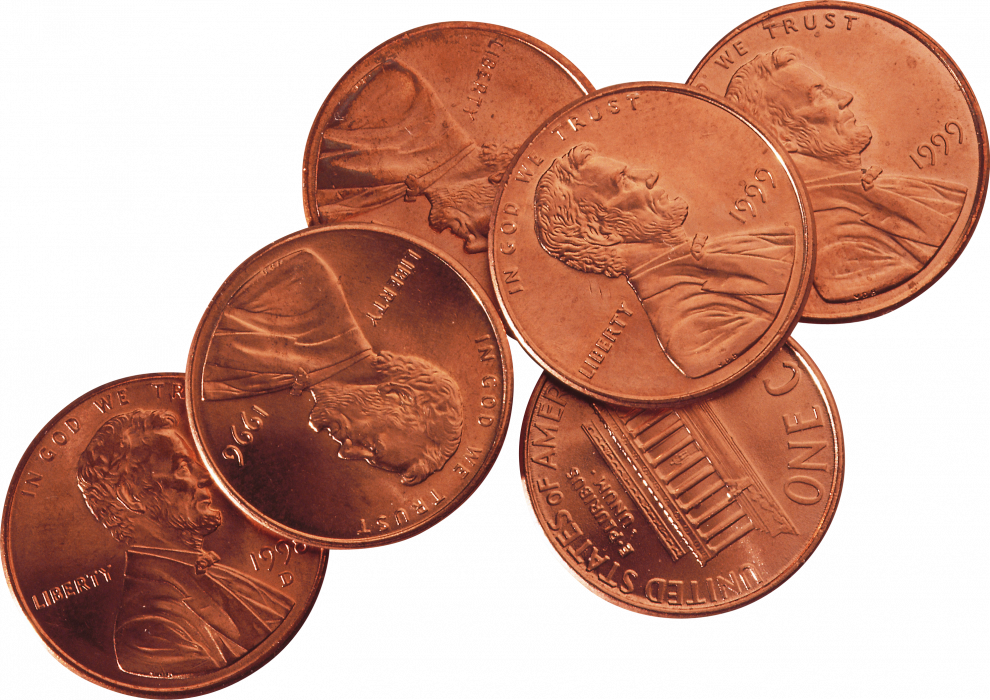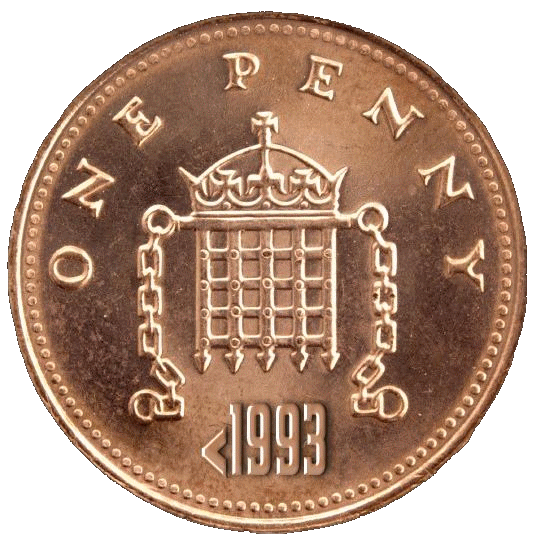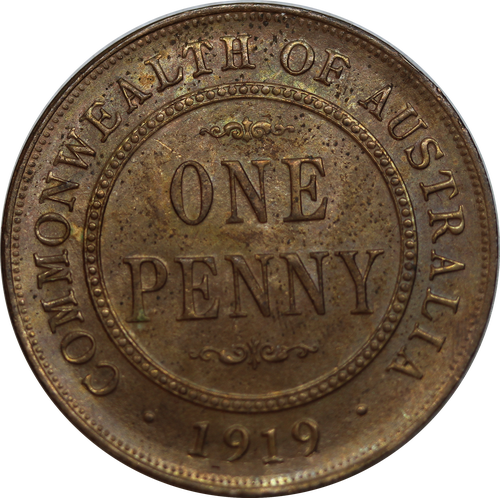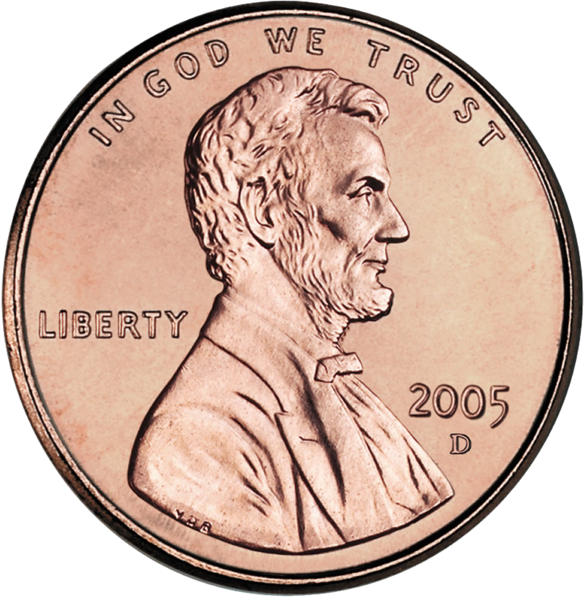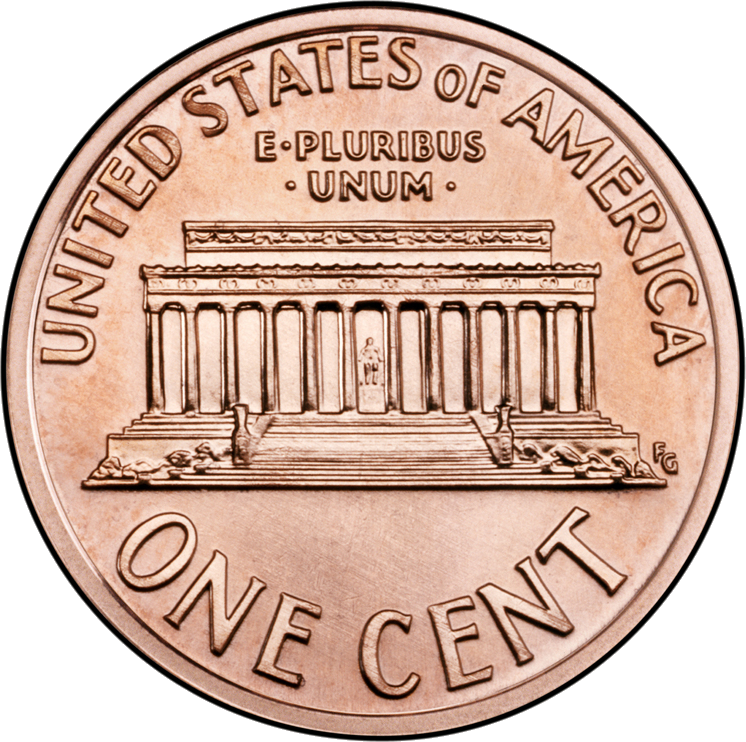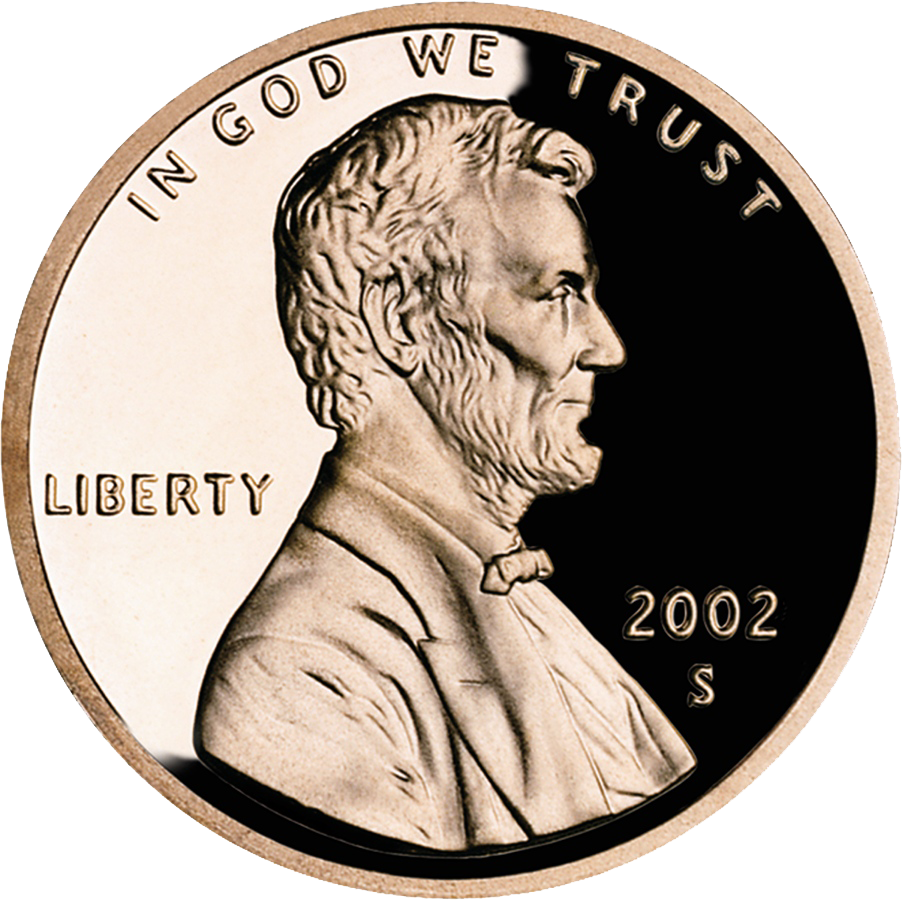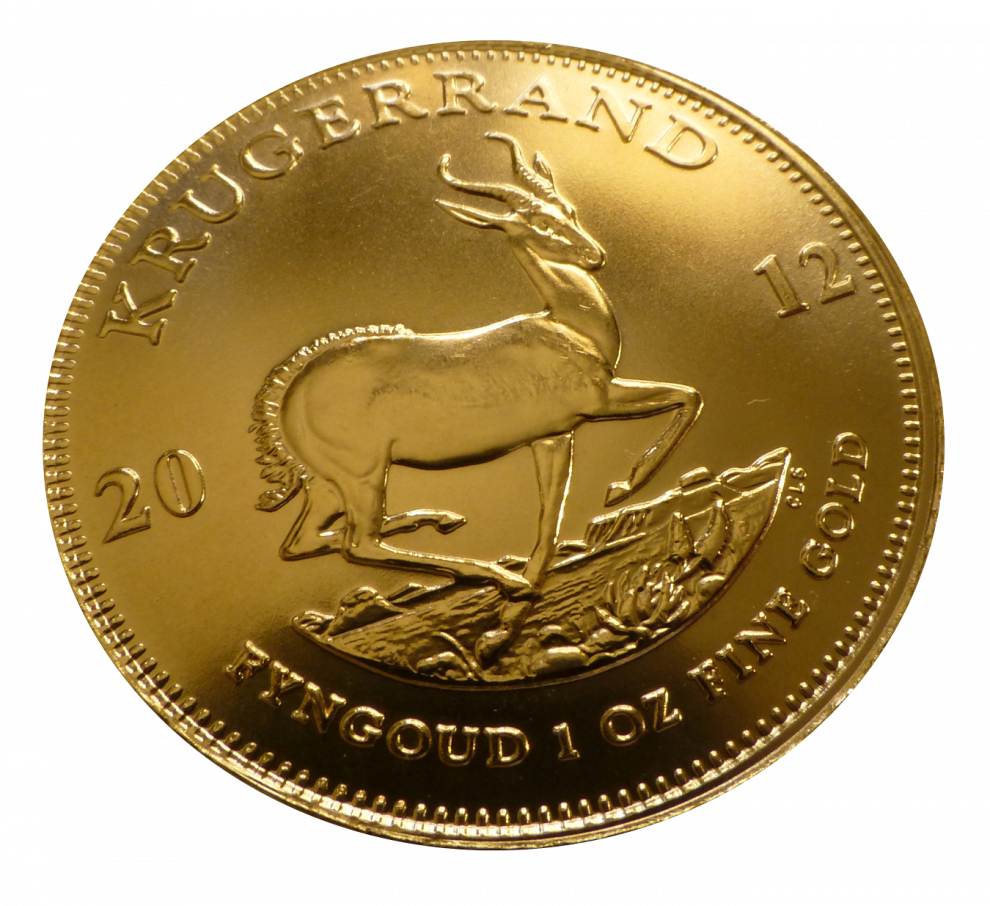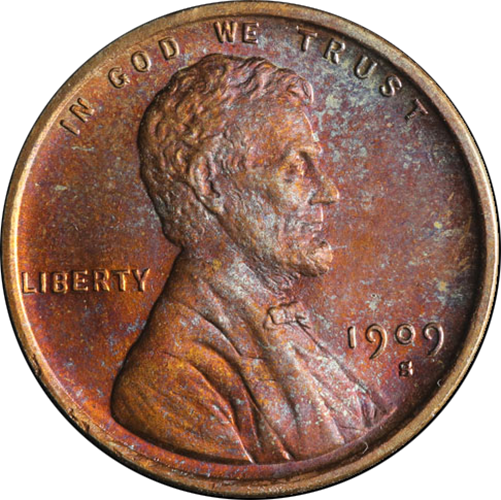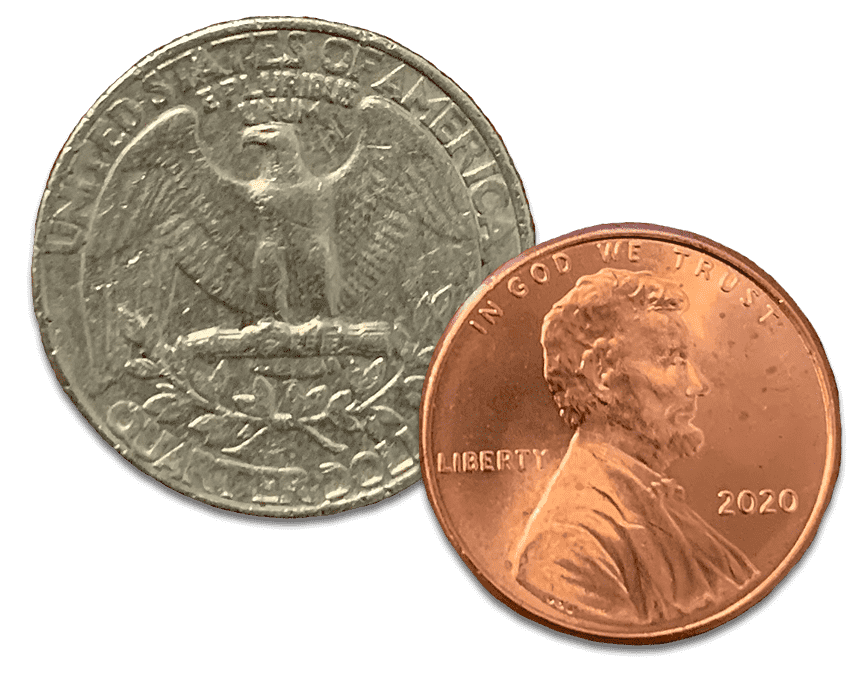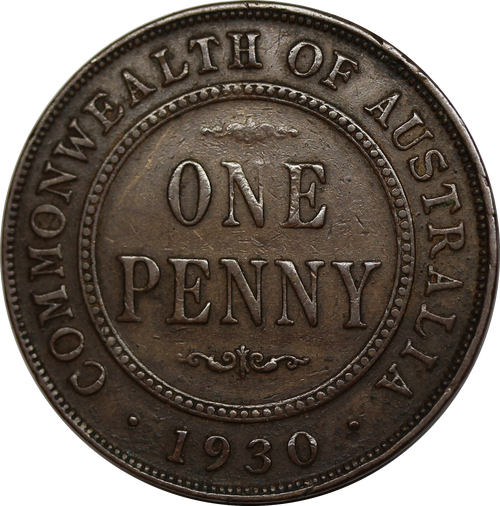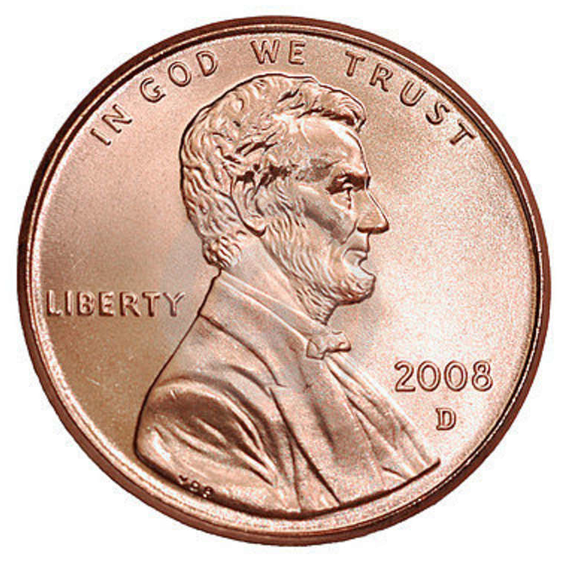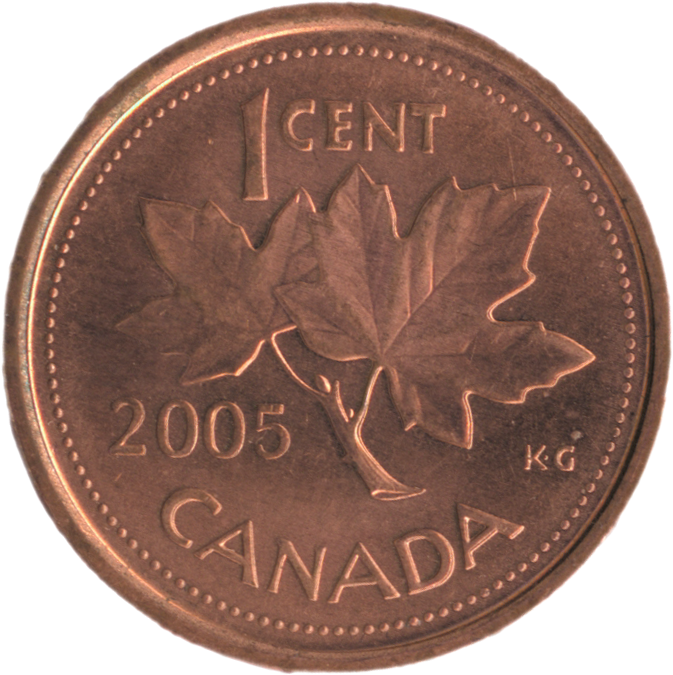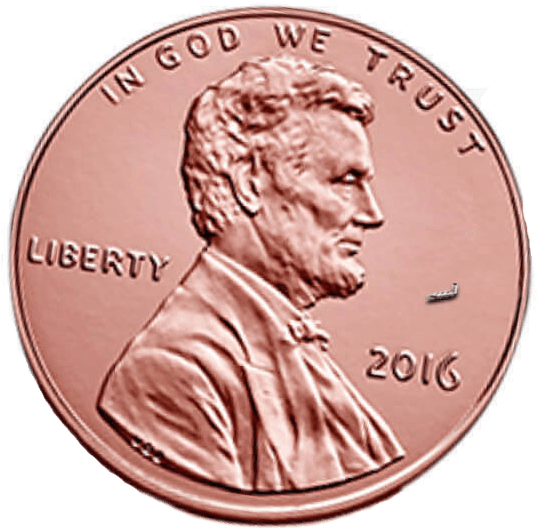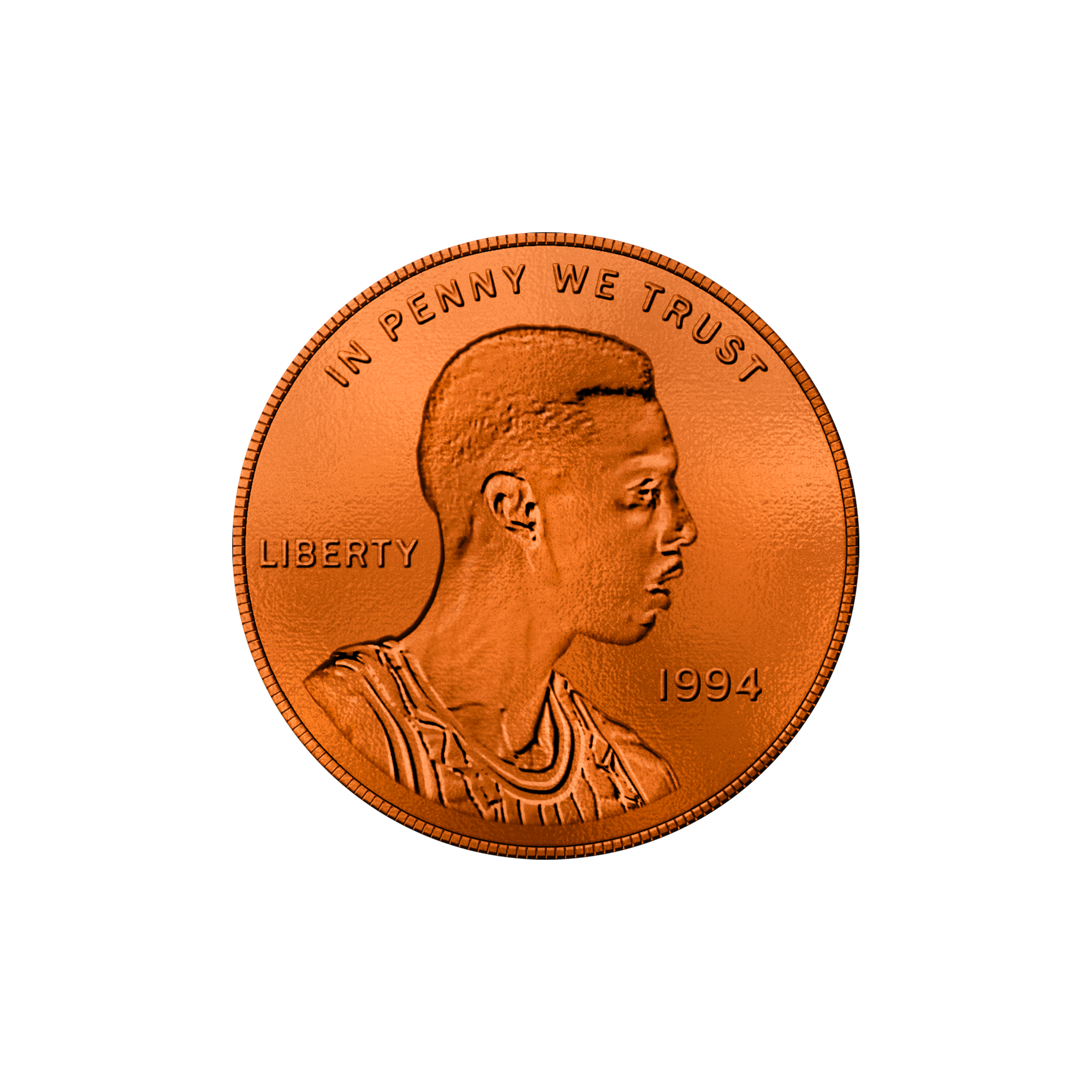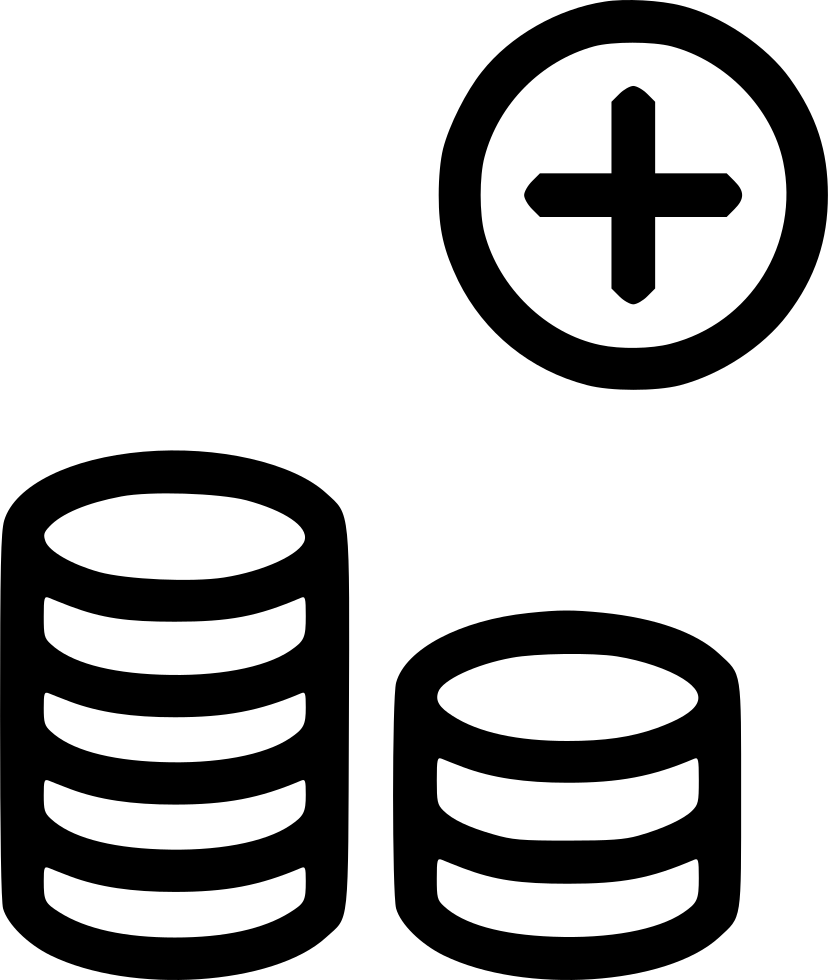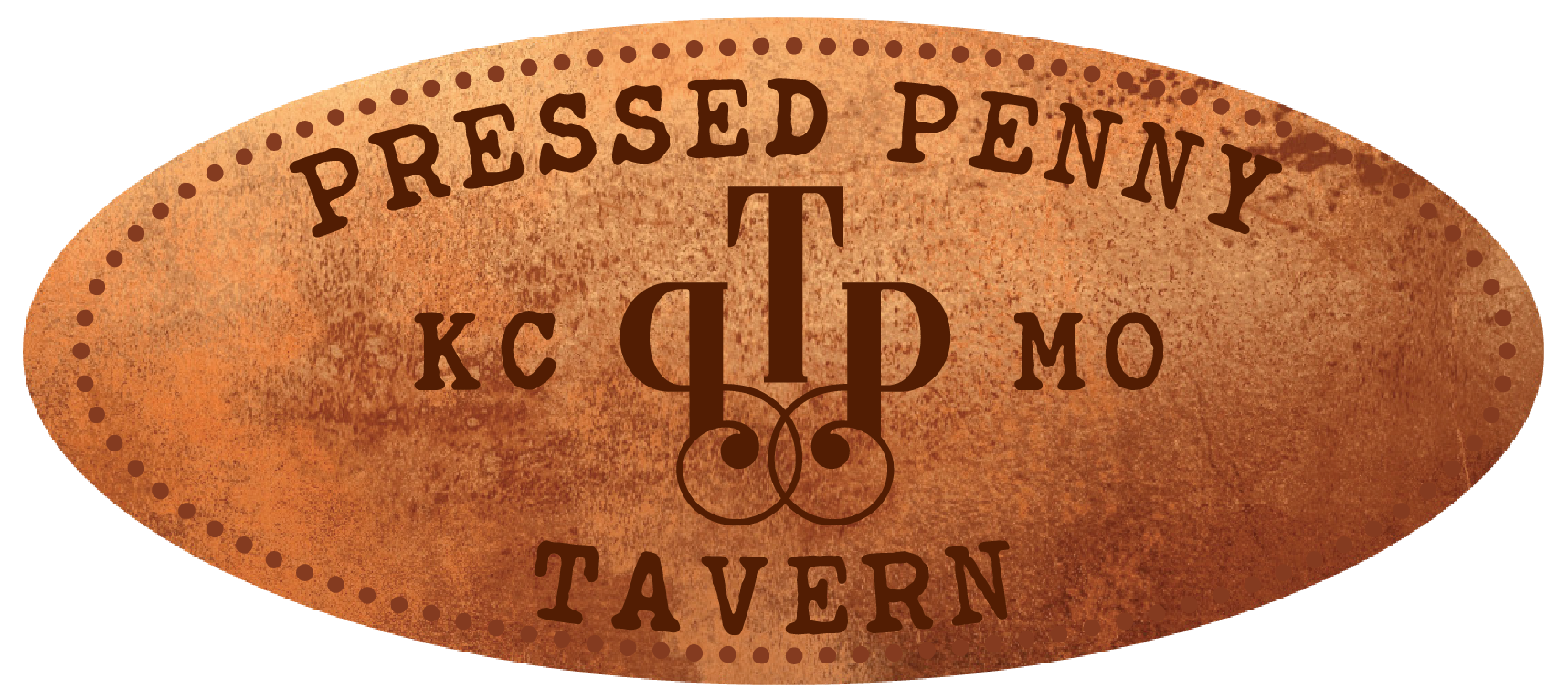Download top and best high-quality free Penny PNG Transparent Images backgrounds available in various sizes. To view the full PNG size resolution click on any of the below image thumbnail.
License Info: Creative Commons 4.0 BY-NC
In many nations, a penny is a coin or a unit of cash. It is generally the smallest denomination within a monetary system, and is derived from the Carolingian denarius (hence its old shorthand d.). It is now the legal name of the British penny (abbr. p), the de facto name of the American one-cent coin (abbr. ), and the colloquial Irish name of the 1 cent euro coin (abbr. c). Although one-cent coins are no longer manufactured in Canada, it is the colloquial moniker for the cent unit of account. The name is also used to a number of historical currencies that are descended from the Carolingian system, including the French denier and the German pfennig. Informally, it can also refer to any small-denomination coin, such as the euro cent or the Chinese fen.
The Carolingian penny was originally a 1240 pound 0.940 pure silver coin. It was adopted by Offa of Mercia and other English rulers, and it remained Europe’s primary currency for the next few centuries, until repeated debasements forced the production of more valuable coins. Until 1797, when the cost of the Napoleonic Wars forced the use of base metals, the British penny was still a silver coin. Despite currency decimalization in the United States and, later, the British Commonwealth, the word is still used informally.
Although farthings (1/4d), halfpennies, and half cents were historically coined, and the mill (1/10) is still used as a unit of account in some situations, no penny is now legally subdivided.
Penny was originally recorded in a Scots manuscript in 1394 as a version of Old English peni, which evolved into pennig, penning, and awaiting. Although cognates are frequent across virtually all Germanic languages and imply a root *pan-, *pann-, or *pand- with the individualizing suffix -ing, the derivation of the name “penny” is unknown. It was originally *panding as a Low Franconian form of Old High German pfant “pawn” (in the sense of a pledge or debt, as in a pawnbroker putting up collateral as a pledge for loan repayment); *panning as a form of the West Germanic word for “frying pan,” presumably due to its shape; and *ponding as a very early borrowing of Latin pondus (“pound”). It has recently been suggested that it might be an early borrowing of Punic pn (Pane or Pene, “Visage”), as the face of the Carthaginian deity Tanit appeared on practically all Carthaginian money. The British and Irish coins were labeled “new penny” after decimalization until 1982 and 1985, respectively.
The plural pennies dropped out of usage in England in the 16th century when referring to a sum of money (e.g., “That costs tenpence. “), although they were still used to refer to more than one penny coin (“Here you are, a sixpence and four pennies.”). The casual “penny” is normally exclusively used of coins in any instance, with values represented in “cents.” It is nevertheless widespread in Scottish English and is customary in all meanings in American English. The nickname for the American cent appears to have originated in New York State.
Prior to decimalization, in British English, values ranging from two to eleven pence, and to a lesser degree 18 pence, were frequently written and pronounced as a single word, such as twopence, tuppence, threepence, thruppence, and so on. (Other amounts were frequently written in shillings and pence or as two words, which could or could not be hyphenated.) A single coin was classified as a single noun, a sixpence, when it denoted a number of penny. As a result, “a threepence” (or “a threepenny piece”) refers to a single coin of that value, whereas “three pence” refers to its value and “three pennies” refers to three penny coins. In British English, penny divisions were added to non-conjunctive combinations like sixpence-farthing, and similar phrases were also considered as separate nouns. The ending -penny was employed in adjectival usage of such coins, as in sixpenny.
The acronym d. comes from the Latin word denarius. It was written after the quantity, such as “11d.” Since decimalization, it has been replaced by p, which is commonly written without a space or a period. The abbreviation “p” is commonly used to refer to pennies and pence values. In North America, the currency sign is commonly used to abbreviate cents. It’s commonly written with a plain c elsewhere.
Download Penny PNG images transparent gallery
- Penny Copper PNG
Resolution: 2000 × 2000
Size: 6883 KB
Image Format: .png
Download
- Penny Copper PNG Pic
Resolution: 2124 × 2000
Size: 6812 KB
Image Format: .png
Download
- Penny PNG
Resolution: 990 × 645
Size: 460 KB
Image Format: .png
Download
- Penny PNG Pic
Resolution: 990 × 700
Size: 1069 KB
Image Format: .png
Download
- Penny Copper PNG File
Resolution: 535 × 542
Size: 162 KB
Image Format: .png
Download
- Penny PNG File
Resolution: 980 × 792
Size: 39 KB
Image Format: .png
Download
- Penny Copper PNG Image
Resolution: 500 × 498
Size: 449 KB
Image Format: .png
Download
- Penny Copper PNG Photo
Resolution: 584 × 599
Size: 574 KB
Image Format: .png
Download
- Penny Copper PNG Images
Resolution: 746 × 742
Size: 989 KB
Image Format: .png
Download
- Penny Copper PNG Photos
Resolution: 903 × 901
Size: 1607 KB
Image Format: .png
Download
- Penny
Resolution: 512 × 512
Size: 28 KB
Image Format: .png
Download
- Penny PNG Image
Resolution: 512 × 512
Size: 37 KB
Image Format: .png
Download
- Penny PNG Photo
Resolution: 990 × 906
Size: 1108 KB
Image Format: .png
Download
- Penny Copper Transparent
Resolution: 501 × 500
Size: 471 KB
Image Format: .png
Download
- Penny PNG Cutout
Resolution: 866 × 680
Size: 138 KB
Image Format: .png
Download
- Penny PNG Images
Resolution: 500 × 506
Size: 476 KB
Image Format: .png
Download
- Penny Copper PNG Clipart
Resolution: 720 × 720
Size: 299 KB
Image Format: .png
Download
- Penny PNG Photos
Resolution: 512 × 512
Size: 24 KB
Image Format: .png
Download
- Penny Copper
Resolution: 564 × 562
Size: 743 KB
Image Format: .png
Download
- Penny Copper PNG Cutout
Resolution: 673 × 675
Size: 906 KB
Image Format: .png
Download
- Penny Copper PNG Picture
Resolution: 537 × 529
Size: 210 KB
Image Format: .png
Download
- Penny Transparent
Resolution: 2500 × 2500
Size: 3104 KB
Image Format: .png
Download
- Penny PNG Clipart
Resolution: 828 × 980
Size: 35 KB
Image Format: .png
Download
- Penny PNG Picture
Resolution: 1716 × 766
Size: 1088 KB
Image Format: .png
Download
- Penny PNG HD Image
Resolution: 1026 × 1014
Size: 37 KB
Image Format: .png
Download
